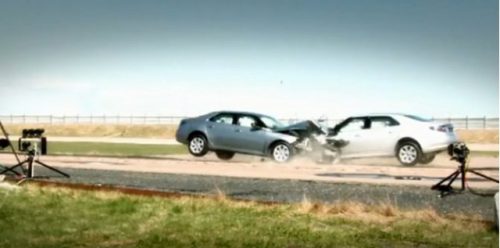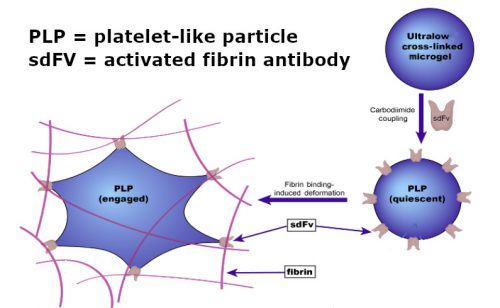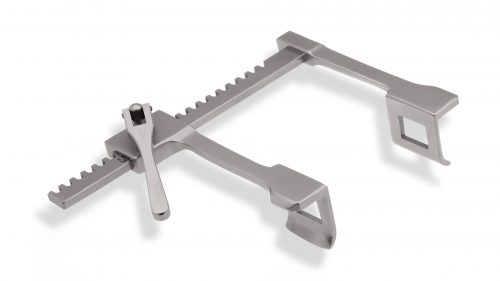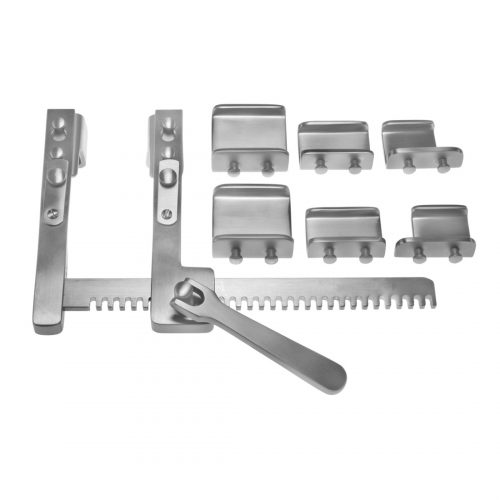In my last post, I reviewed using the Cribari grid to evaluate over- and under-triage at your trauma center. This technique has been a mainstay for nearly two decades but has shortcomings. The most important one is that it relies only on the Injury Severity Score (ISS) to judge whether some type of mistriage occurred. The ISS is usually calculated after discharge, so it can only be applied after the fact. And its correlation with outcomes varies.
What is NFTI, Exactly?
Five years ago, the Baylor University in Dallas group sought to develop an alternate method of determining who needed a full trauma team activation. They chose resource utilization as their surrogate to select these cases. They reviewed 2.5 years of their registry data (Level I center). After several iterations, they settled on six “need for trauma intervention” (NFTI) criteria:
- blood transfusion within 4 hours of arrival
- discharge from ED to OR within 90 minutes of arrival
- discharge from ED to interventional radiology (IR)
- discharge from ED to ICU AND ICU length of stay at least three days
- require mechanical ventilation during the first three days, excluding anesthesia
- death within 60 hours of arrival
Patients who had at least one NFTI criterion were considered candidates for full trauma activation, and if an activation did not occur, the encounter would be regarded as undertriage. On the flip side, if no NFTI criteria were present and an activation did occur, it would be overtriage.
The First NFTI Paper
In their first published paper, the Baylor group analyzed nearly 5,000 trauma activations, split roughly in half for full versus partial trauma activations. Two-thirds of the full activations met at least one NFTI criterion. This means that about a third might be considered overtriage since they did not require one of the critical resources or die within 60 hours of arrival. And looking at the partial activations, fully 75% did not meet any NFTI criteria. There were 561 deaths in the overall group (12%). Of those, only 13 did not meet any NFTI criteria, but every one had a DNR order in place.
Now let’s translate all this into under- and overtriage numbers:
- Undertriage: 22% (partial activations that were NFTI +)
- Overtriage: 58% (any level of activation in a NFTI – patient)
The authors concluded that NFTI assesses anatomy and physiology using only measures of early resource utilization. They believe that it self-adjusts for age, frailty, and comorbidities and is a simple and effective tool for identifying major trauma patients.
But is it better for evaluating over- and undertriage than the Cribari grid? I’ve had several people tell me that it is. But if you look at the numbers above, overtriage is in the usual range, and undertriage is higher than the usual raw Cribari numbers. Even the authors suggest that it might be used to determine if the patient needed a trauma activation. Up to this point, NFTI is interesting, but not better than Cribari on its own.
The following year, these authors published a paper that further refined their concept. They rolled NFTI into something called the Standardized Triage Assessment Tool (STAT). Basically, the Cribari matrix is applied to the trauma activation data as usual. The fallouts (over- and undertriage groups) are then tested against the NFTI criteria. Cribari undertriage patients who were NFTI negative were now considered appropriate triage, as were Cribari overtriage who were NFTI positive. NFTI was basically used to do another level of screening on the outliers before resorting to individual chart review.
Once again, let’s look at over- and undertriage experience in the paper:
- Undertriage: 9.1% undertriage (Cribari) reduced to 3.3% by adding STAT
- Overtriage: 50% overtriage (Cribari) reduced to 31% by adding STAT
The authors concluded that adding STAT to the review process tightens up the numbers, reducing the number of charts that need to be reviewed individually. It also standardizes comparisons between hospitals that use STAT. This may be helpful for future triage-related research.
What Does It All Mean?
The Cribari grid has been around a long time, and people are both comfortable and facile using it. But it does tend to overestimate undertriage. In my experience, the raw Cribari undertriage rate is usually 12-22%. Individual chart analysis reduces this by about 10%. Overtriage rates are anywhere from 40% to 90%, and most centers do not review those charts because they don’t care much about reducing it.
Applying NFTI criteria to the over- and undertriage fallouts from Cribari makes sense. It appears to appropriately reduce both rates significantly. Undertriage remains the most significant factor to monitor. If you choose to adopt the use of the STAT technique, consider manually reviewing the undertriage charts that are being reclassified as appropriate for a few cycles. This should help confirm that STAT is really working for you.
One last thing. Using Cribari or NFTI or STAT does not absolve you of having good triage criteria for trauma activations. It is not possible to know a patient’s ISS or NFTI status as they are rolling through the door. The quality of your activation criteria are the first screen to try to ensure appropriate triage. If you keep finding undertriage events occurring, first look at your criteria. If those seem to be fine, then it’s time to scrutinize the people applying them!
The authors of the STAT paper provided some Excel spreadsheets to help add the Cribari matrix, NFTI, or STAT to your registry. Note that this only works for TraumaBase! If you use a different registry, contact your vendor for assistance.
The spreadsheets consist of three tabs/pages. On the first, enter the specific field names from your TraumaBase implementation. This fills in the code on the second tab which will be added to TraumaBase. The third tab gives explicit directions on how to add the feature to your registry.
Here are the downloadable file links provided by the authors:
References:
- Asking a Better Question: Development and Evaluation of the Need For Trauma Intervention (NFTI) Metric as a Novel Indicator of Major Trauma. J Trauma Nursing 24(3):150-157, 2017.
- Avoiding Cribari gridlock: The standardized triage assessment tool improves the accuracy of the Cribari matrix method in identifying potential overtriage and undertriage. J Trauma Acute Care Surg. 2018 May;84(5):718-726.




